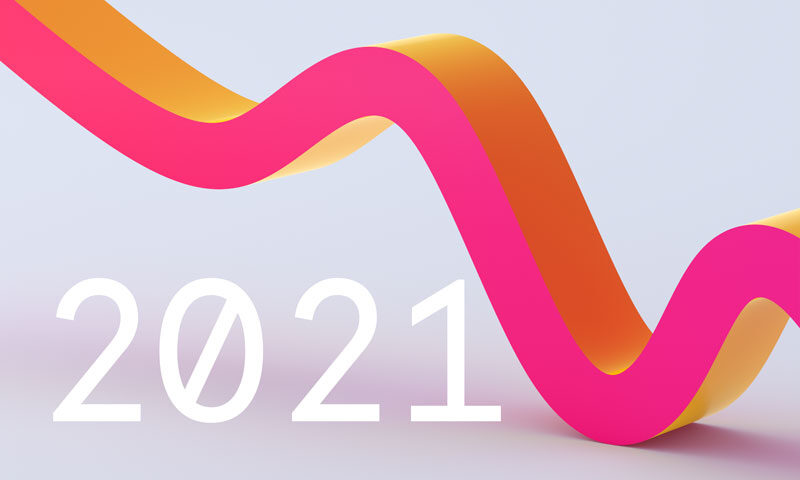
Digital and Social Media Trends for 2021
As we move forward in 2021 there’s a number of digital and social media trends that are worth reflecting on. These trends are, of course, mostly driven by the pandemic, but it’s important to distinguish which changes to online behaviour are short term and which are long lasting trends that will be sticking around post vaccine.
Digital and Social Media Trends for 2021
It will seem obvious, but over the last year many of us have truly embraced a digital lifestyle. PwC have noticed that in particular, those who work from home are more likely to carry out an increased number of daily tasks online compared to those how work out of home. They have called this the “Zoom Effect”. They also predict that this will be a long term trend given that many who WFH now plan to continue to do so after the pandemic.
Social Media Usage
- Year on year, Facebook remains the most used social media platform globally (GWI, 2021), however, YouTube has overtaken Facebook in terms of engagement levels (PwC, 2021).
- The pandemic brought an initial spike in social media usage in 2020 however this has decline in the first few months of 2020 (GWI, 2021).
- Despite this decline, Baby Boomers now use social media more than they did pre-pandemic (GWI, 2021).
- TikTok was the most downloaded app in 2020 (Apptopia, 2021).
- Average CTR on social media ads has increased slightly to 1.3% (Sprout Social, 2021).
- The first cousins of social media – online gaming and online dating – are increasing popular amongst certain cohort
- Gen Z are the group most engaged with online gaming (39%) while Millennials are the largest audience for online dating 47% (GWI, 2021).
- The largest demographic on Instagram remains women aged 18-24 (Sprout Social, 2021).
Motivations for global social media usage:
Why Social Media?
- Global social media ad spend has jumped 50% in the last year (GWI, 2021).
- 49% of people said say they’re likely to buy from brands they see advertised online (GWI, 2021).
- 24% of people have clicked on a social media ad in the past month – millennials are most likely to click on social ads (GWI, 2021).
- 91% of people who choose to follow a brand on social media then visit the brand’s website (Sprout Social, 2021).
- 96% of B2B marketers use LinkedIn for content distribution and 83% used paid social media advertising (Sprout Social, 2021).
- B2B marketers report that the top contributing factor to their online marketing success is the value their content provided (83%) (Sprout Social, 2021).
Video on Social Media
- People watch an average of 2.5 hours of video online every day (Wyseowl, 2021).
- The human brain processes visuals 60000 times faster than text (Moveableink, 2018) and brands are more and more aware of this.
- 75% of people are more likely to follow a brand’s social media page if it has video content (Renderforest, 2020).
- People are twice as likely to share video content with their friends than any other types of content including posts, blogs or product pages (Wyseowl, 2021).
New Digital Trend Alert: Augmented Reality
- Did you know that AR mobile game Pokémon Go is more used now than it was when it first launched in 2016? (GWI, 2021)
- The pandemic has spurred many marketers to try and create their brand experiences virtually.
- AR for social was pioneered by Snapchat but Facebook, Instagram ,Pinterest and TikTok have all launched lenses, filters and effects (eMarketer, 2021).
- Only 22,000 fans could watch the 2021 Super Bowl live but several brands responded by providing immersive and sharable experiences using AR effects.
- For example, Pepsi added a QR code to their packaging giving consumers access to exclusive videos and custom brand filters.
New kid on The Block: Clubhouse
- Clubhouse was launched in March 2020, by May is had just1,500 users and was worth $100m (The Guardian, 2021).
- The app is a social first social media, allowing users to chat, collaborate and share audio in real time
- Born in Silicon Valley, Clubhouse’s audience consists mostly of working professionals.
- The value is placed on the ability to engage with people outside of your industry, network and have high-value audio conversations.
- Unlike other social media platforms there is no emphasis on producing content.
- Even now the app still remains largely exclusive, you need to be invited to join by someone already using the app.
And that just about sums it up! If any of these insights have made you rethink your digital marketing strategy heading into the rest of 2021 then get in touch with Neworld, we’d love to explore the potential for your brand in the online world.
Keep Reading
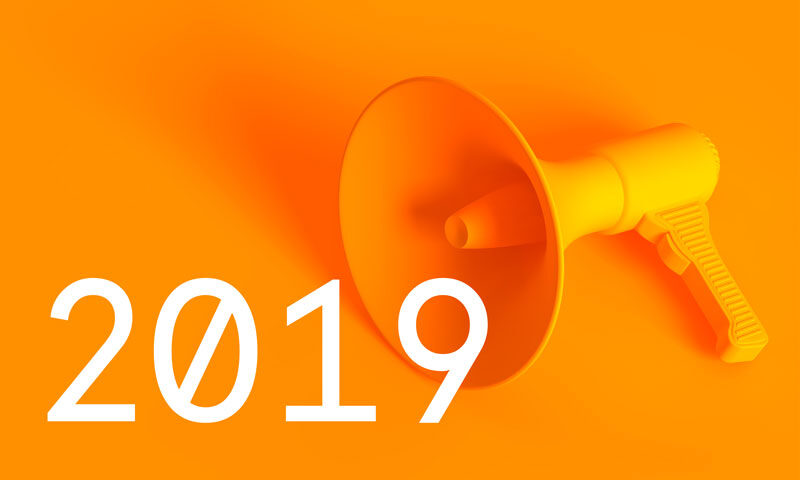
Digital and Social Media Marketing Insights for 2019
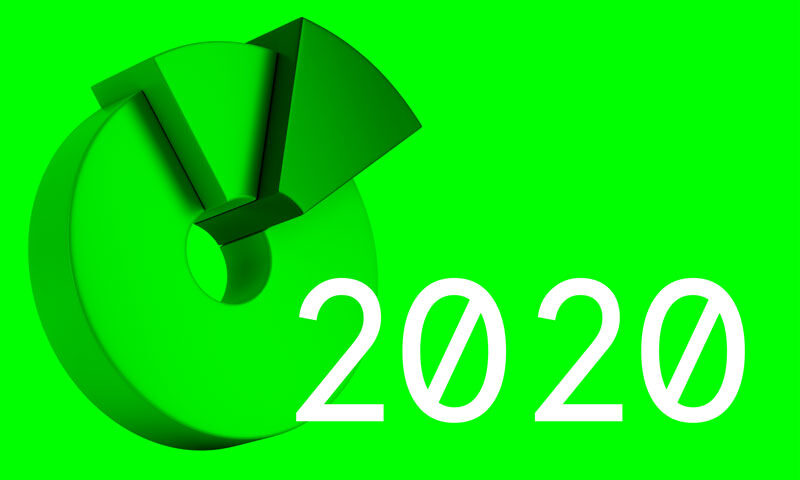
Social Media Marketing Statistics for 2020

Social Media Blog 1: Crashing Social Media

Social Media Blog 2: The Cost of Social Media Marketing

Social Media Blog 3: How to Grow Social Media Following...

Social Media Blog 4: Where Do Brands Live?

Social Media Blog 5: Being Authentic on Social Media

Social Media Blog 6: Checking in on Brand Loyalty

Social Media Blog 7: The Power of Niche on Social Media

Social Media Blog 8: Online Privacy

How Can Brands Celebrate Pride Month?
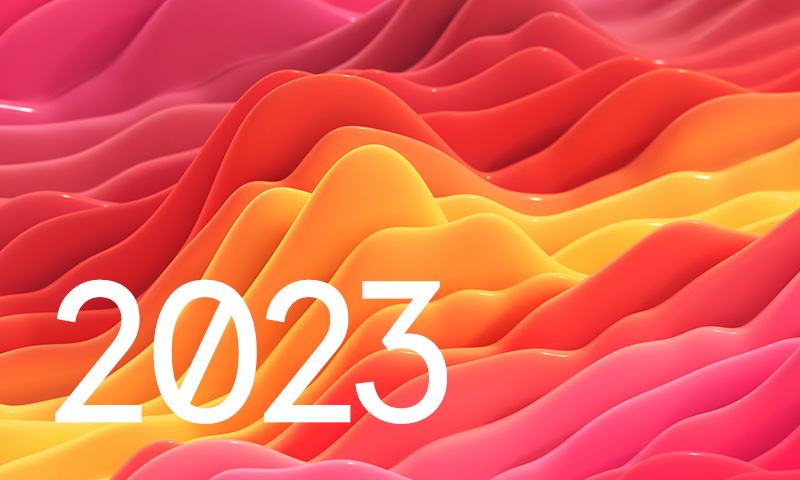
Digital and Social Media Trends for 2023
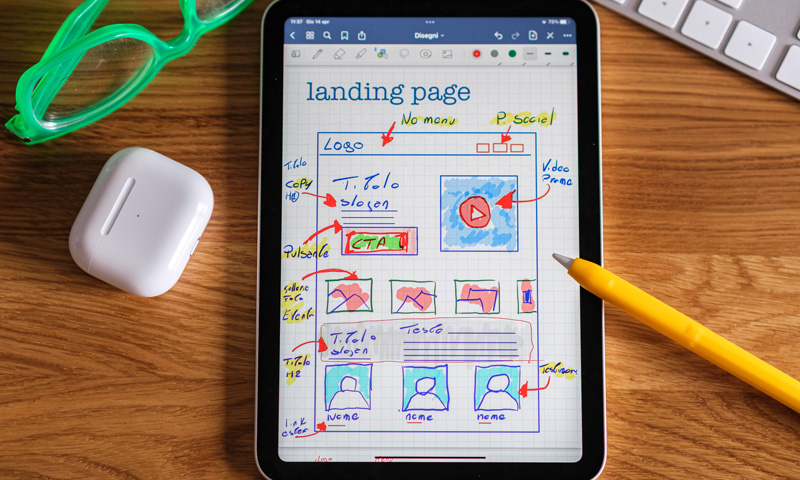
5 Answers to Give a Web Agency

The Essentials of Website Security
